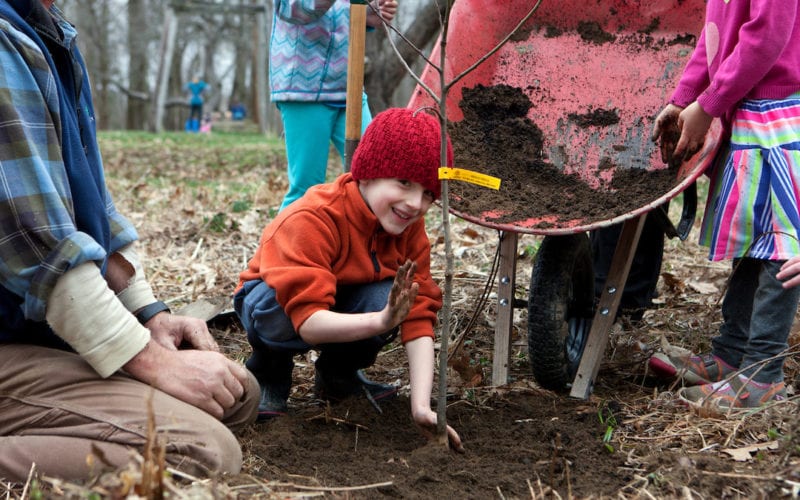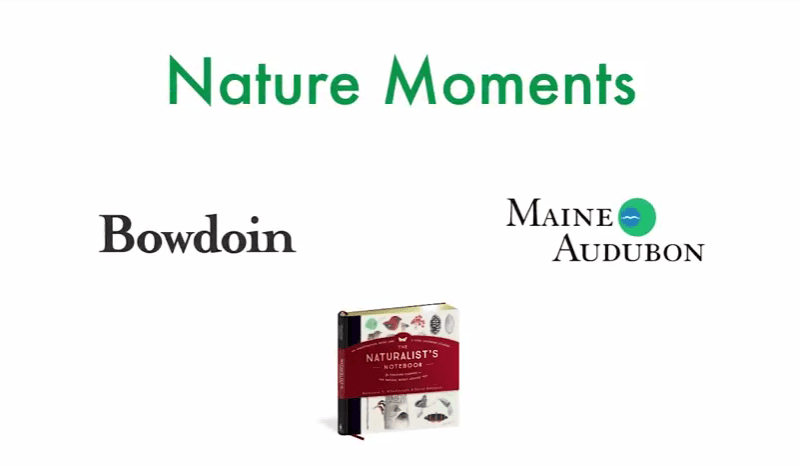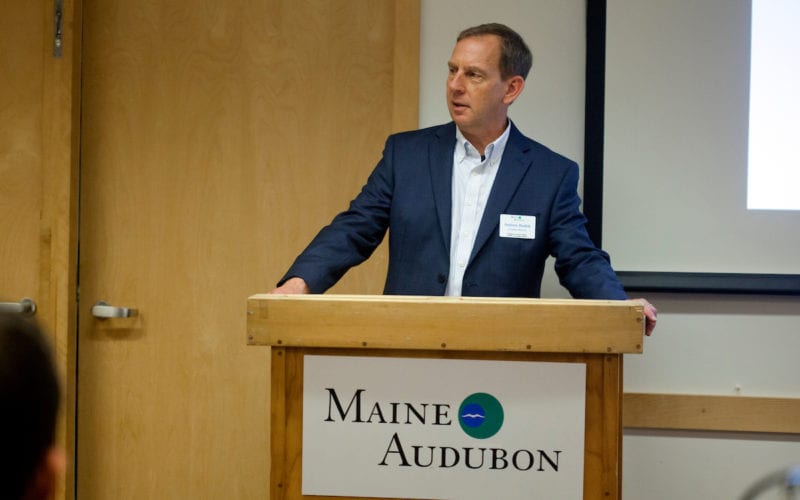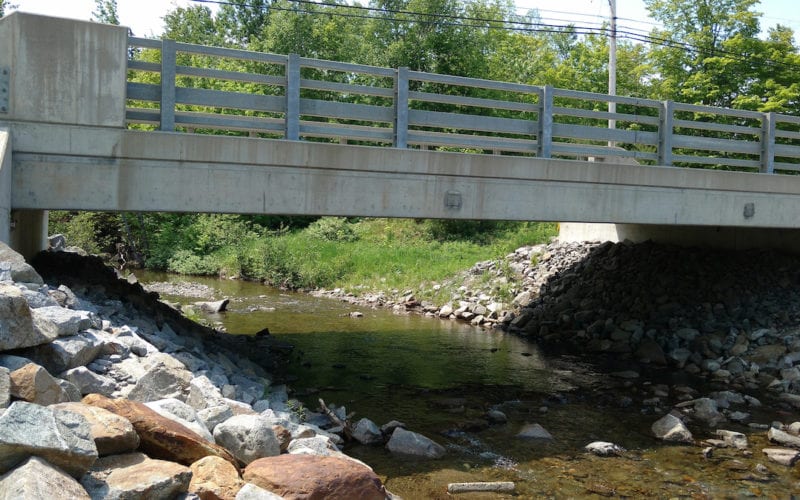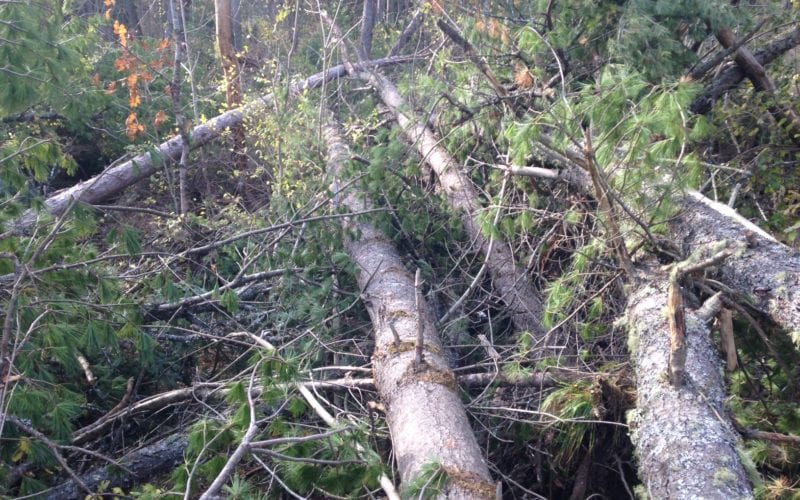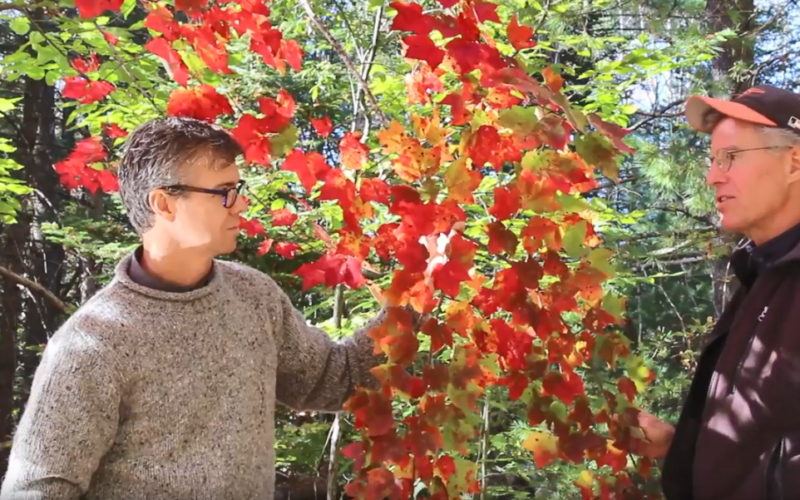Today is #GivingTuesday. Throughout the day, we'll be sharing a few perspectives on Maine Audubon from members of our community. One of them is nine-year old Ivy, who attended Maine Audubon camp this summer. In a handwritten note she shared with us afterward, Ivy talked about how much fun she …
News
What we’re thankful for in 2017
We asked the Maine Audubon community to reflect on the question, "What are you thankful for in nature?" and received quite a few thoughtful replies. You can leave us a comment with your answer too. We'd love to hear what inspires you. I am especially grateful for the awe-inspiring fall foliage …
Nature Moments: Sex Ed for Botanists
Another fascinating installment from Bowdoin professor and Maine Audubon trustee Nat Wheelwright: Gender in humans turns out to be more complicated than we once thought, but gender in plants is pretty complicated, too. Plants can have separate sexes, like most animals, or they can be hermaphroditic …
Nature Moments: Fungi on the Move
Nat Wheelwright's latest "Nature Moments" video takes a closer look at the rich world of fungi: Fungi use mushrooms to disperse their offspring, much like plants use fruits. The spores of fungi can be spread by wind, by animals, or by a combination. But stinkhorns do it by smelling like rotting …
Press Herald profile highlights big plans for Maine Audubon
In case you missed it, The Portland Press Herald/Maine Sunday Telegram published a great profile of our executive director Andy Beahm in yesterday's "Outdoors" section. Some highlights: Andy Beahm wants to make Maine Audubon known for unique, not-to-be-missed outdoor festivals; for connecting more …
Why the new transportation bond is great news for Maine’s wildlife
We were thrilled to see that Maine voters passed Question 3 in this week's election by a very comfortable margin (72 percent!). This newly-approved transportation bond includes $5 million for municipal culvert upgrades -- which is excellent news for Maine's wildlife. Water resources are vital …
Celebrating our Corporate Partners and supporters
“In Maine, we don't have to choose between a healthy environment and a healthy economy. The two are not only interdependent, but also synergistic. Wildlife and habitat are at the core of our state's identity, promise, and economic vitality. That means when Maine's wildlife thrives, Maine thrives.” …
After the Storm: Wind Damage at Our Sanctuaries
It's no secret that the windstorm that struck on October 29-30 caused widespread damage to trees throughout the state. Maine Audubon's eight sanctuaries around Maine were no exception, sustaining varying amounts of damage. Fortunately, no structures were damaged and no people were …
Nature Moments: Why Do Leaves Change Color?
Nat Wheelwright's latest "Nature Moments" video is especially timely: The last thing deciduous trees do before dropping their leaves in the fall is salvage nutrients that they can reuse next year. In the process, they reveal orange and yellow colors. Red is a different story: it serves as an autumn …

